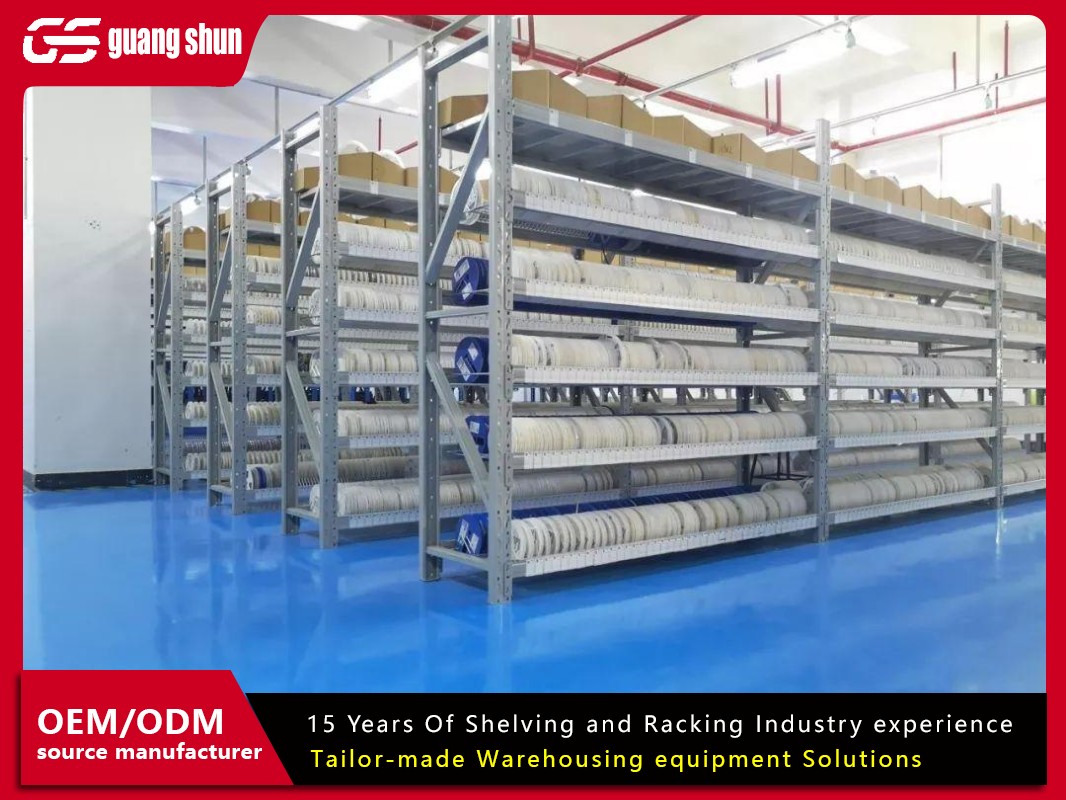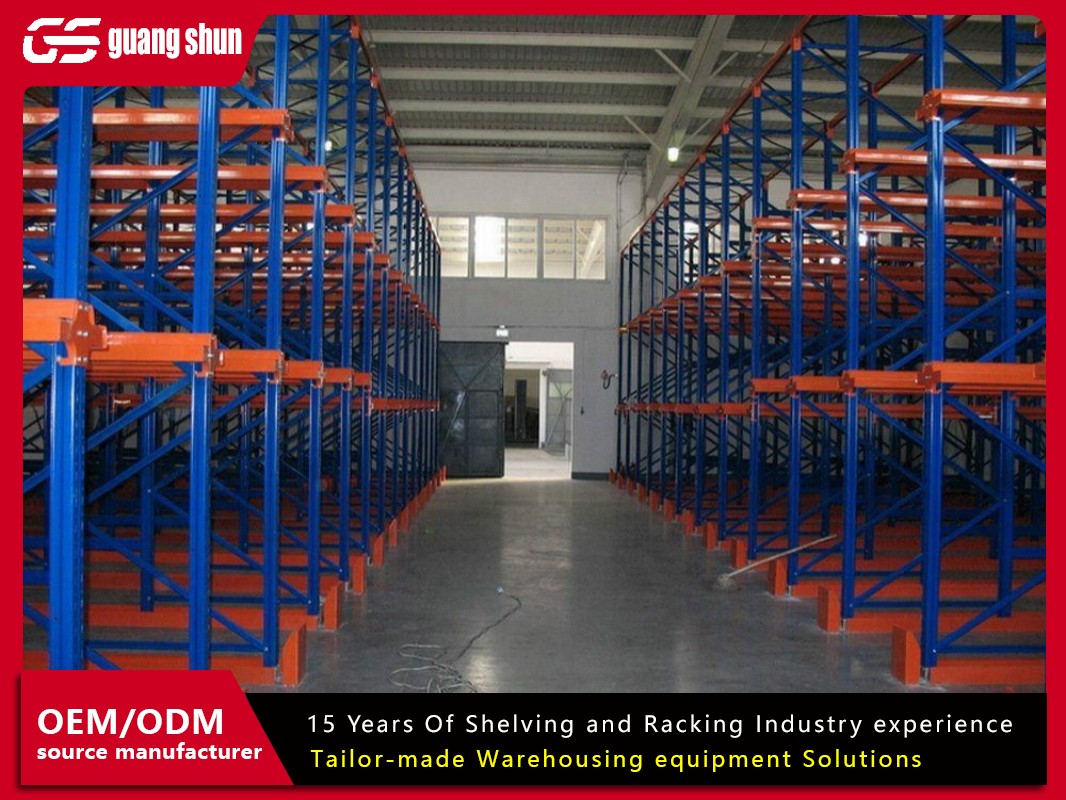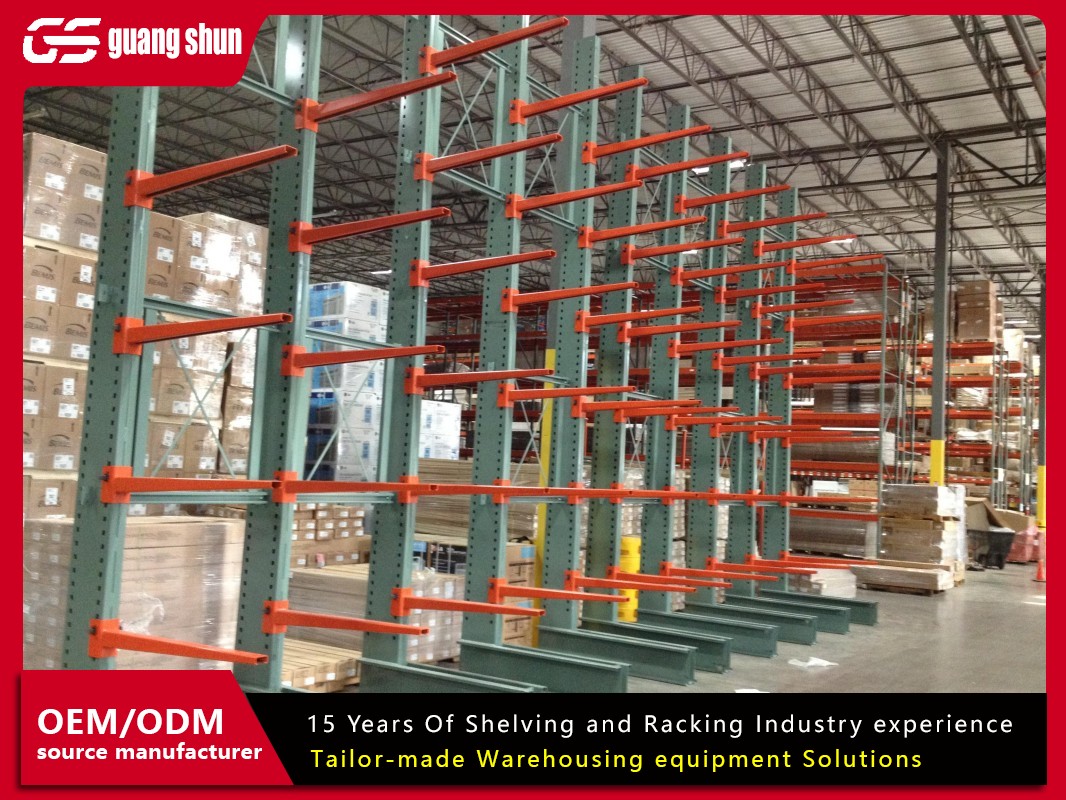In today's fast-paced industrial and commercial environments, efficient storage solutions are crucial for optimizing space, improving productivity, and reducing operational costs. Among the various options available, steel storage racking stands out as a reliable and versatile choice for businesses of all sizes. This system, designed to organize and store goods systematically, has become a backbone in warehouses, distribution centers, and retail spaces worldwide. Steel storage racking is renowned for its durability, adaptability, and cost-effectiveness, making it an essential investment for any operation dealing with inventory management. Whether you're handling palletized goods, bulk items, or specialized products, understanding the intricacies of steel storage racking can help you make informed decisions that enhance your storage capabilities. In this article, we'll delve into six critical aspects of steel storage racking, providing a comprehensive overview to guide your selection and implementation process. From types and benefits to installation and safety, we'll cover everything you need to know to leverage this robust storage solution effectively. By the end, you'll have a clearer picture of how steel storage racking can transform your storage areas into highly functional spaces.
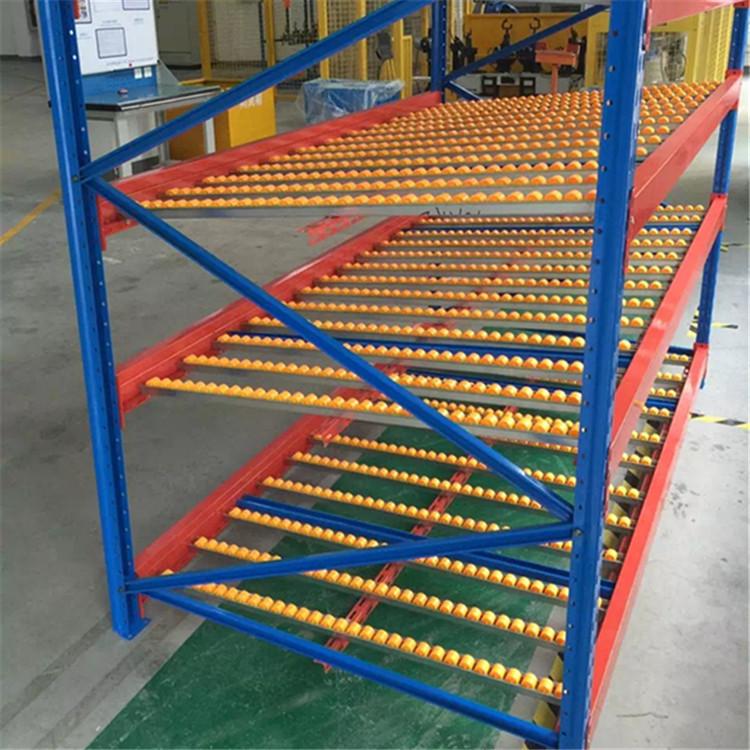
Types of Steel Storage Racking
Steel storage racking comes in various designs, each tailored to specific storage needs and operational requirements. Understanding the different types is the first step toward selecting the right system for your facility. One common variant is selective pallet racking, which allows direct access to every pallet, making it ideal for warehouses with a high variety of products. This type of steel storage racking is highly flexible and can be configured in multiple heights and depths to suit your space. Another popular option is drive-in or drive-through racking, which maximizes storage density by allowing forklifts to drive into the structure. This is perfect for high-density storage of homogeneous goods, though it may reduce accessibility. For environments requiring high throughput, push-back racking offers a dynamic solution where pallets are stored on inclined carts, enabling last-in, first-out (LIFO) inventory management. Additionally, cantilever racking is designed for long, bulky items like pipes or lumber, featuring arms that extend from a central column without front columns obstructing access. Mezzanine racking, which adds elevated levels within a facility, effectively doubles your storage capacity without expanding the footprint. Each type of steel storage racking has unique advantages, so assessing factors like inventory turnover, space constraints, and load requirements will help you choose the best fit. By familiarizing yourself with these options, you can optimize your storage layout and improve overall efficiency.
Benefits of Using Steel Storage Racking
The advantages of implementing steel storage racking in your facility are numerous, contributing to both short-term gains and long-term sustainability. Firstly, durability is a standout feature; steel is resistant to wear, corrosion, and heavy loads, ensuring a long lifespan even in demanding environments. This robustness translates to reduced replacement costs and minimal maintenance, making steel storage racking a cost-effective investment over time. Secondly, these systems enhance space utilization by allowing vertical storage, which is crucial in urban areas where floor space is limited. By stacking items safely and securely, you can free up valuable square footage for other operational needs. Thirdly, steel storage racking improves organization and accessibility, leading to faster inventory retrieval and reduced labor costs. With a well-designed racking system, employees can locate and handle goods efficiently, boosting productivity. Additionally, steel is highly customizable, enabling you to tailor the racking to specific product dimensions and weights. This flexibility supports scalability as your business grows, allowing for easy reconfiguration or expansion. From an environmental perspective, steel storage racking is often made from recyclable materials, aligning with green initiatives. Overall, the benefits of steel storage racking extend beyond mere storage—they foster a safer, more organized, and profitable workspace.
Installation Process for Steel Storage Racking
Proper installation is critical to the performance and safety of any steel storage racking system. The process typically begins with a thorough site assessment, where professionals evaluate factors like floor condition, ceiling height, and load requirements. This step ensures that the racking design aligns with your facility's layout and operational goals. Next, preparation involves clearing the area and ensuring the floor is level and capable of supporting the intended loads. Installation itself often follows a systematic approach: assembling the upright frames, attaching beams and braces, and securing the structure to the floor for stability. It's essential to use high-quality anchors and follow manufacturer guidelines to prevent accidents. For complex setups, such as multi-level mezzanines or high-bay racking, hiring experienced installers is advisable to ensure compliance with safety standards. During installation, considerations like aisle width and forklift access must be factored in to maintain workflow efficiency. Post-installation, a load test is usually conducted to verify the system's integrity. Regular inspections should be scheduled to identify any issues early on. While DIY installation might seem cost-effective, professional services for steel storage racking reduce risks and ensure optimal performance. By prioritizing a meticulous installation process, you can maximize the lifespan and functionality of your steel storage racking, safeguarding both your inventory and personnel.
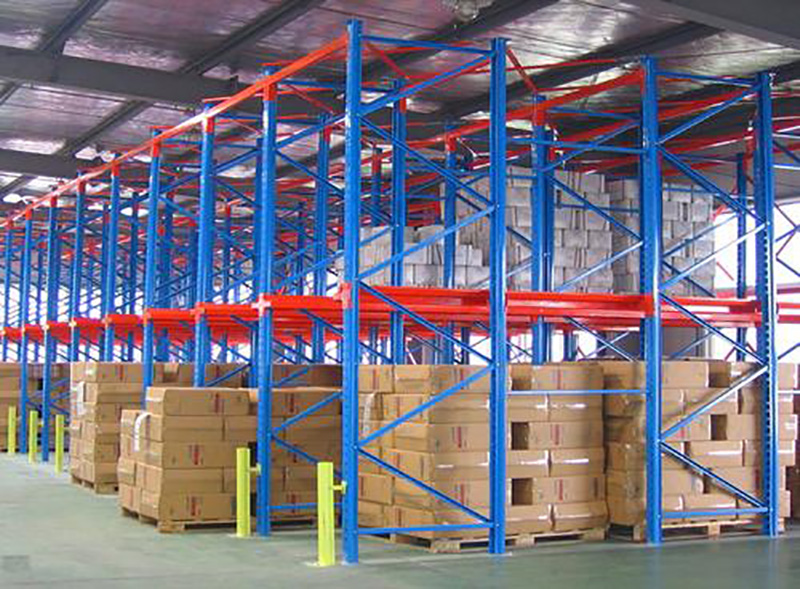
Maintenance Tips for Steel Storage Racking
Maintaining your steel storage racking is vital for ensuring its longevity and safety. Regular upkeep helps prevent accidents, such as collapses or load failures, which can result in costly damages and injuries. Start with visual inspections on a weekly or monthly basis, checking for signs of damage like bent beams, loose connectors, or corrosion. Pay special attention to high-traffic areas where impacts from forklifts are more likely. Cleaning is another key aspect; remove dust, debris, and spills promptly to avoid corrosion or slip hazards. For steel storage racking in humid environments, applying anti-corrosion coatings can extend its life. Additionally, ensure that load limits are strictly adhered to—overloading is a common cause of failure. If you notice any issues, such as misalignment or wear, address them immediately by tightening bolts or replacing damaged components. It's also wise to keep a maintenance log to track inspections and repairs, which can be useful for compliance and insurance purposes. For larger facilities, consider scheduling professional audits annually to assess the entire system's condition. By incorporating these maintenance practices, you can preserve the integrity of your steel storage racking and avoid unexpected downtime. Remember, proactive care not only enhances safety but also protects your investment in the long run.
Safety Standards for Steel Storage Racking
Safety is paramount when dealing with steel storage racking, as improper use can lead to severe accidents. Adhering to established safety standards, such as those from organizations like OSHA (Occupational Safety and Health Administration) or RMI (Rack Manufacturers Institute), is essential for compliance and risk mitigation. One fundamental rule is to never exceed the designated load capacity, which should be clearly marked on the racking components. Regular training for employees on proper loading and unloading techniques is crucial to prevent mishandling. Additionally, install protective features like column guards and aisle markers to minimize impact from forklifts. For steel storage racking in seismic zones, specific bracing and anchoring requirements must be met to withstand tremors. Fire safety is another consideration; ensure that racking does not obstruct sprinkler systems and is made from fire-resistant materials where necessary. Routine inspections should include checks for structural integrity, such as looking for cracks or deformities that could compromise stability. It's also important to maintain clear aisles and avoid storing items in unauthorized areas to facilitate easy access and emergency exits. By following these safety protocols, you can create a secure environment that reduces the likelihood of incidents. Ultimately, prioritizing safety in your steel storage racking setup not only protects assets but also fosters a culture of workplace well-being.
Cost Analysis of Steel Storage Racking
Investing in steel storage racking involves evaluating both upfront and long-term costs to determine its economic viability. The initial expense typically includes the cost of materials, installation, and any customization fees. However, steel storage racking is often more affordable than alternatives like wood or plastic due to steel's scalability and mass production. When calculating costs, consider factors such as the type of racking (e.g., selective vs. drive-in), which can influence pricing based on complexity. Long-term, steel storage racking proves cost-effective through its durability and low maintenance requirements, reducing the need for frequent replacements. Energy savings may also come into play if the racking improves workflow efficiency, cutting down on labor hours and equipment usage. Additionally, consider the return on investment (ROI) in terms of space optimization; by maximizing vertical storage, you might delay or avoid expensive facility expansions. It's advisable to obtain multiple quotes from suppliers and factor in potential hidden costs, such as permits or retrofitting existing infrastructure. Financing options or leasing arrangements can make steel storage racking more accessible for small businesses. By conducting a thorough cost analysis, you can make an informed decision that balances budget constraints with operational benefits, ensuring that your investment in steel storage racking delivers sustained value.
FAQs About Steel Storage Racking
Q1: What is steel storage racking, and how does it differ from other storage systems?
A1: Steel storage racking refers to a structured system made primarily from steel, designed to store and organize items in a systematic manner, often in warehouses or industrial settings. It differs from other systems, such as wooden shelving or plastic bins, by offering superior strength, durability, and customization options. Steel storage racking can handle heavier loads, resist environmental factors like moisture, and be reconfigured easily to adapt to changing storage needs, making it a more robust and long-lasting solution.
Q2: How do I determine the right type of steel storage racking for my business?
A2: To choose the appropriate steel storage racking, consider factors like the types of goods you store (e.g., palletized, bulky, or small items), your inventory turnover rate, available space, and budget. For instance, if you need frequent access to various products, selective pallet racking might be ideal, whereas drive-in racking suits high-density storage with less variety. Consulting with a storage expert can help you analyze your specific requirements and recommend a system that maximizes efficiency and safety.
Q3: What maintenance is required for steel storage racking to ensure its longevity?
A3: Regular maintenance for steel storage racking includes visual inspections for damage (e.g., bends or rust), cleaning to prevent corrosion, and ensuring all components are tightly secured. It's important to adhere to load limits and schedule professional audits annually. Promptly addressing any issues, such as replacing worn parts, can prevent accidents and extend the system's life. Keeping a maintenance log helps track these activities and ensure compliance with safety standards.
Q4: Are there any safety risks associated with steel storage racking, and how can they be mitigated?
A4: Yes, safety risks with steel storage racking include overloading, improper installation, and impacts from equipment like forklifts, which can lead to collapses or injuries. To mitigate these, follow manufacturer guidelines for load capacities, ensure proper installation by professionals, and implement safety measures such as protective guards and employee training. Regular inspections and adherence to industry standards, like those from OSHA, also play a key role in minimizing risks and maintaining a safe workspace.
Q5: Can steel storage racking be customized to fit unique storage needs?
A5: Absolutely, steel storage racking is highly customizable to accommodate unique requirements. You can adjust dimensions, load capacities, and configurations based on your specific products and space constraints. Options include adding accessories like dividers or decking, integrating mezzanine levels, or choosing specialized types like cantilever racking for long items. Working with a supplier who offers design services allows you to create a tailored solution that optimizes storage efficiency and aligns with your operational goals.
In conclusion, steel storage racking is a versatile and efficient storage solution that can significantly enhance your warehouse operations. By understanding its types, benefits, installation, maintenance, safety, and costs, you can make informed decisions that drive productivity and cost savings. If you're considering implementing or upgrading your storage system, steel storage racking offers a reliable path toward a more organized and scalable future.



